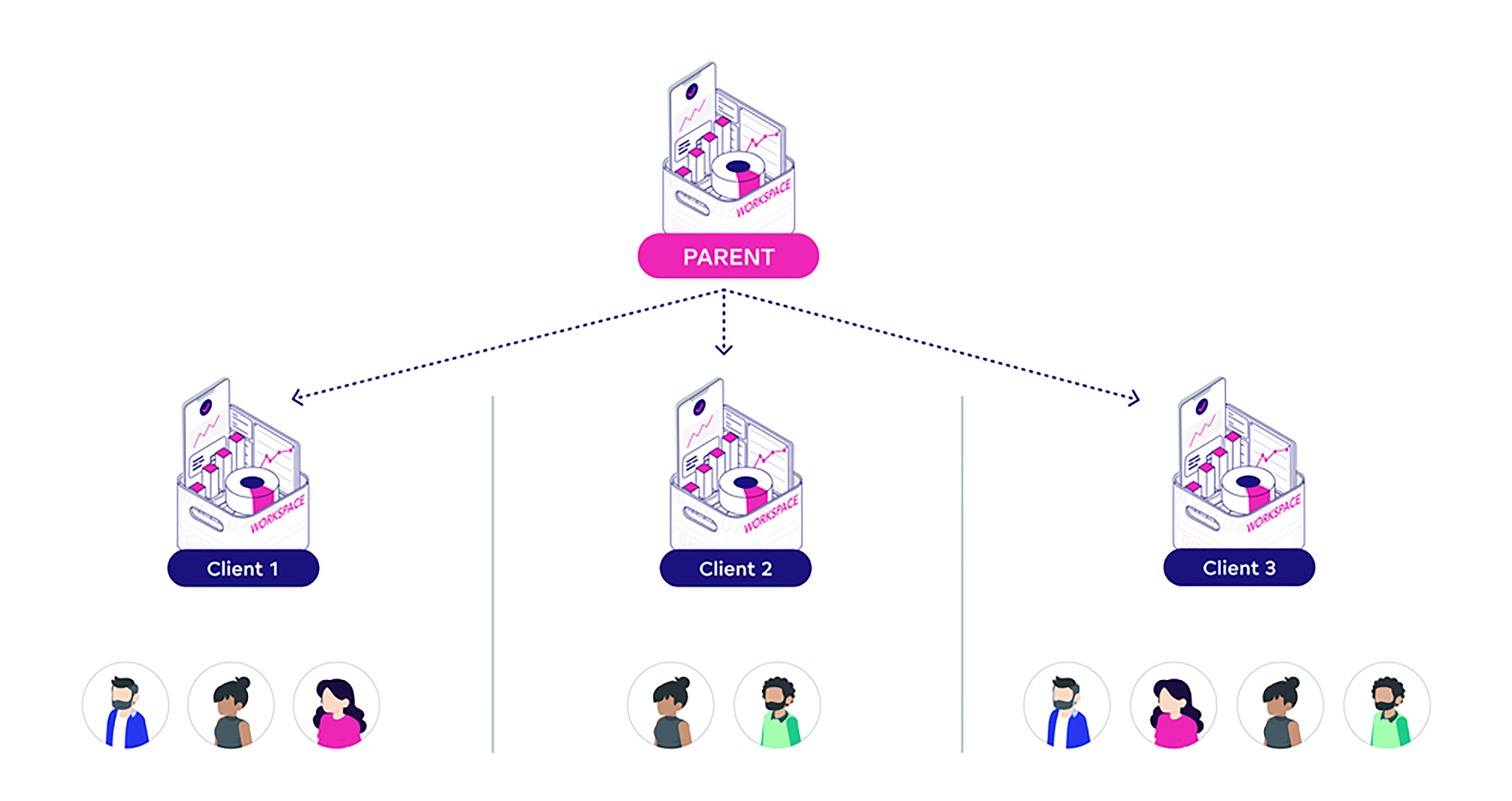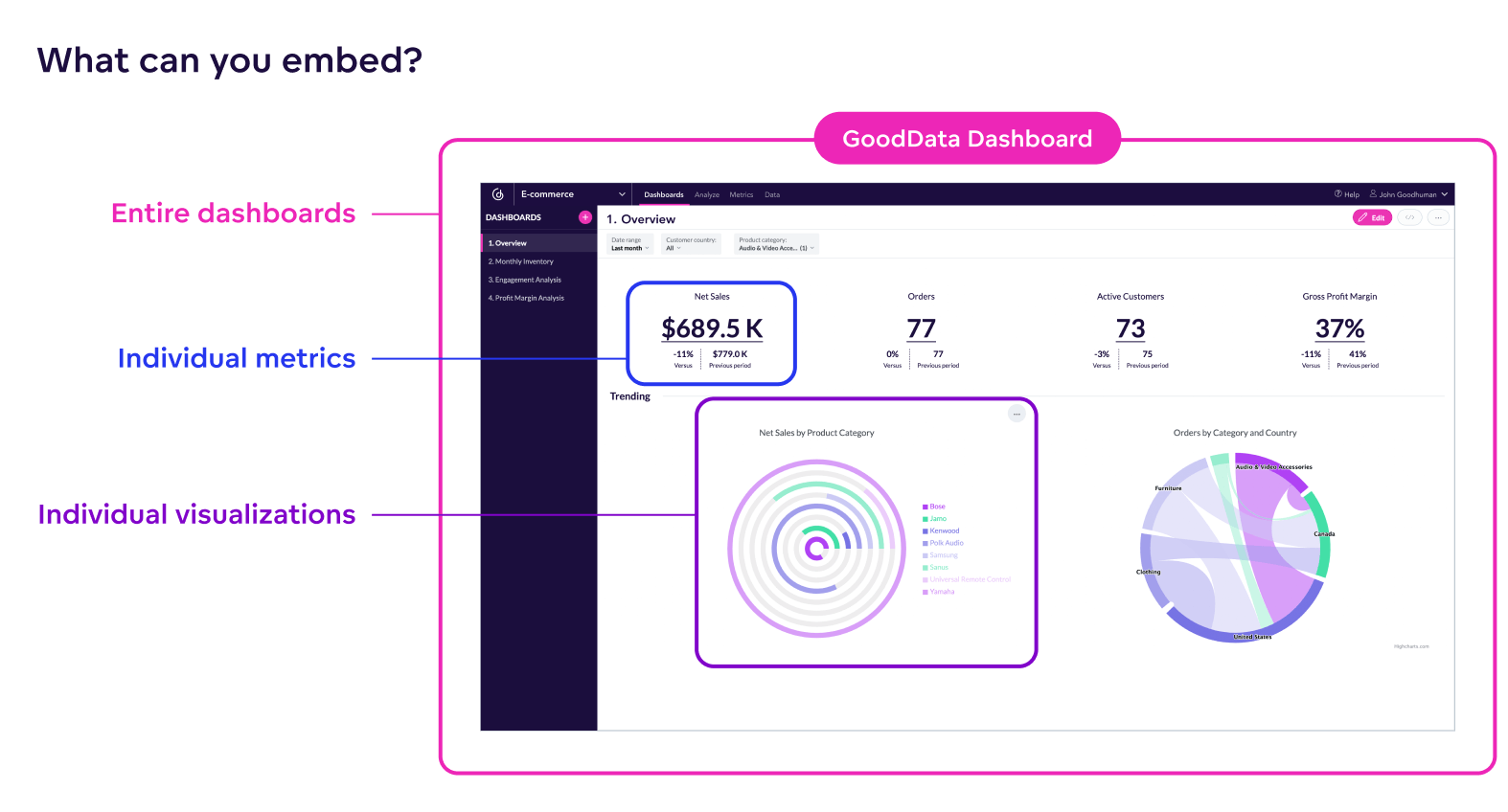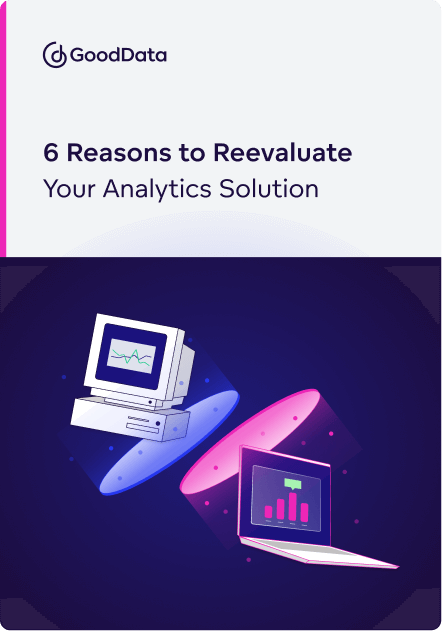Traditional desktop BI tools often fall short as your business and data needs grow. This whitepaper outlines six important reasons to reevaluate your current solution and explains how upgrading can lead to smarter decisions and long-term success.
1. Your Current Tool Slows You Down with Error-Prone, Manual Processes
The best modern analytics platforms embrace Analytics as Code (AaC). This approach treats analytics like software, streamlining and automating the analytics lifecycle. You can script, version, and automate everything from data transformations to dashboards, leading to faster updates, fewer manual steps, and fewer errors.
Keep in mind!
If your current BI tool doesn’t support this level of automation, your teams will likely be bogged down by repetitive, manual tasks that are difficult to maintain and slow to scale.
2. Scaling Is Too Expensive Without Multitenancy
Multitenancy allows you to serve multiple customers or departments from a single platform while keeping their data and settings separate and secure. Updates can be made in one place and applied across all tenants, making it easier to scale without setting up new systems for every team. The result is simpler operations, lower costs, and an analytics setup that can grow along with your business.
Keep in mind!
Older BI tools often lack multitenancy, which can mean fragmented systems, duplicated effort, more licenses to manage, and an infrastructure that grows more complex and costly over time.

3. Insights Are Trapped in Dashboards No One Uses
Modern analytics platforms make it easy to deliver insights exactly where users need them. Your platform should provide flexible embedding options, such as React SDK, Web Components, or iFrame. You can then integrate dashboards, metrics, and AI-powered insights directly into your existing apps, data products, or web portals. This keeps analytics at your users’ fingertips without requiring them to switch tools.

Keep in mind!
Older BI tools make it harder to bring insights into everyday workflows. This limits access to critical data across teams and slows down decision-making.
4. Poor Performance Is Holding You Back
Your analytics platform needs a strong and efficient engine to deliver fast insights without increasing expenses. This ensures you can combine data from multiple sources, perform complex calculations, and maintain high performance without overloading your infrastructure.
The best platforms achieve this through an in-memory data service layer that transforms and federates data. Intelligent caching helps manage data warehouse usage, so resources are only used when necessary, keeping costs under control.
Keep in mind!
Older BI tools often rely on slower, less efficient architectures. Performance lags, infrastructure costs rise, and your team spends more time waiting on queries than acting on insights.
5. You’re Missing Opportunities to Monetize Your Data
Your analytics platform should give you the tools to turn data into a revenue-generating asset. This might mean offering analytics as a service, creating subscription or tiered plans, or building embedded analytics products for your customers.
The best platforms are built with monetization in mind. They let you create custom dashboards, interactive reports, and AI-powered insights that can be white-labeled to match any brand. These experiences enhance customer engagement and open the door to new business models.
Keep in mind!
Older BI tools often lack support for monetizable experiences. This makes it harder to productize your data, package it for clients, or offer differentiated data experiences, ultimately leaving money on the table.
6. You’re Not Getting the Full Value of AI and Forecasting
Augmented analytics transforms the way you interact with your data by integrating artificial intelligence (AI), business intelligence (BI), and machine learning (ML). This powerful combination enhances the analytical process, enabling you to ask questions, detect anomalies, and forecast trends with greater accuracy. By leveraging AI and ML, modern analytics tools provide deeper, more actionable insights that go beyond traditional reporting and data visualization.

Keep in mind!
Older BI tools tend to treat AI as an add-on, if they offer it at all. This limits your ability to forecast, uncover anomalies, or gain proactive insights, forcing your teams to rely on backward-looking dashboards instead of forward-thinking intelligence.
Why Upgrading Your BI Tool Can’t Wait
Your analytics tool should do more than just report on the past. It should help you move faster, work smarter, and stay ready for what’s next.
Adopting a platform with the features outlined above puts you in the best position to respond to change, uncover opportunities, and scale with confidence.
GoodData offers all of these capabilities and more. Request a personalized demo to learn how we can support your goals and help future-proof your business.
Continue Reading This Article
Enjoy this article as well as all of our content.
Does GoodData look like the better fit?
Get a demo now and see for yourself. It’s commitment-free.











